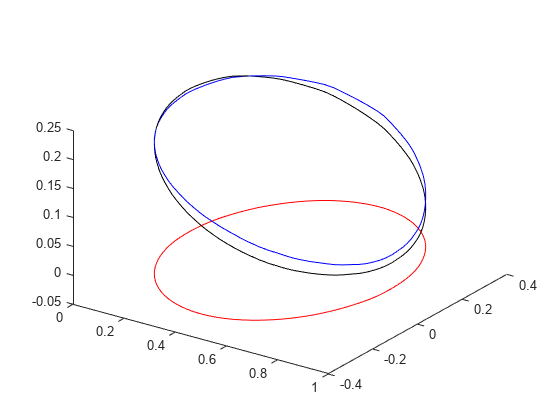evaluate
Interpolate data to selected locations
This function supports the legacy workflow. Using the [p,e,t]
representation of FEMesh data is not recommended. Use interpolateSolution and evaluateGradient to interpolate a PDE solution and its gradient to
arbitrary points without switching to a [p,e,t]
representation.
Description
Examples
Input Arguments
Output Arguments
More About
Algorithms
For each point where a solution is requested (pOut), there are two
steps in the interpolation process. First, the element containing
the point must be located and second, interpolation within that element must be
performed using the element shape functions and the values of the solution at the
element’s node points.
Version History
Introduced in R2014b
